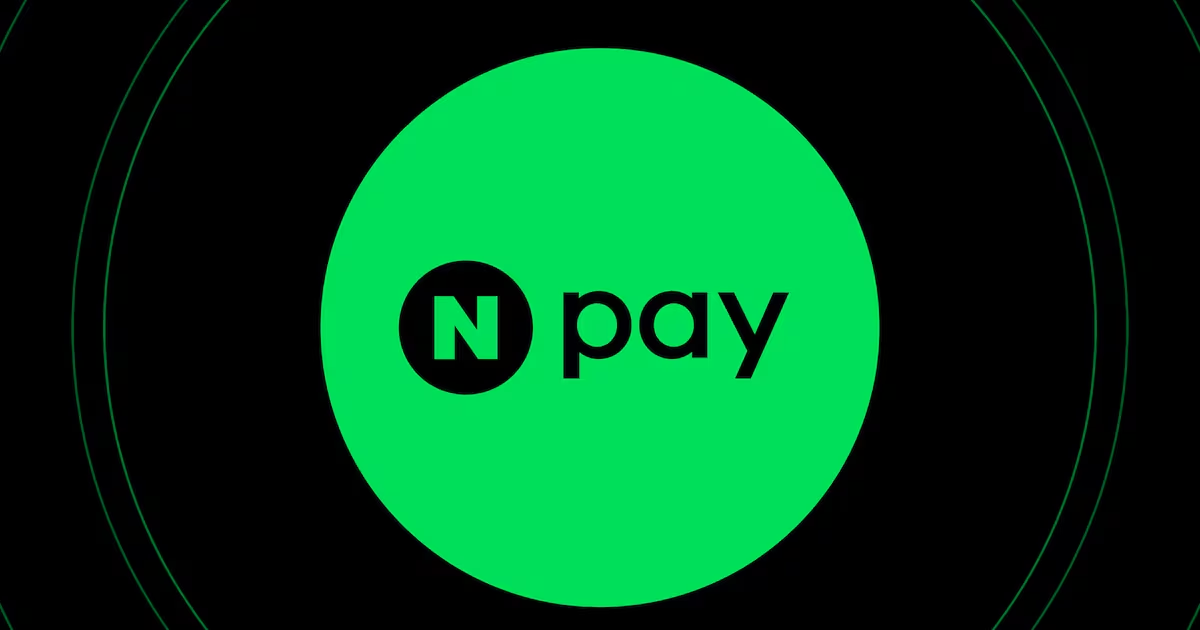Now Reading: 5 Big Reasons Naver Pay’s Proptech Move Is Game-Changing
-
01
5 Big Reasons Naver Pay’s Proptech Move Is Game-Changing
5 Big Reasons Naver Pay’s Proptech Move Is Game-Changing

Table of Contents
Naver Pay has made its first official entry into the property technology (proptech) industry through the acquisition of South Korean startup Asil. This strategic decision marks a major expansion in the financial tech company’s business model, moving beyond digital payments into real estate innovation.
The Naver Pay proptech move not only shows the company’s growing ambition in fintech but also hints at how South Korea’s digital economy is evolving. By purchasing Asil, a platform known for simplifying real estate transactions, Naver Pay positions itself at the intersection of finance, property, and technology—three of the country’s most lucrative sectors.
Who is Asil?

Asil is a proptech startup that gained recognition in South Korea by offering real estate-related financial solutions. The company provides online services for handling complex real estate transactions such as apartment purchases, down payments, and loan applications. Asil’s platform is designed to reduce the stress and time taken to complete real estate deals.
With this acquisition, Naver Pay intends to integrate these services directly into its digital finance ecosystem, enabling users to handle not only daily purchases and payments, but also large-scale financial decisions like buying property—all from one platform.
Why This Matters for Naver Pay
The Naver Pay proptech move represents a calculated leap in business direction. Until now, Naver Pay has been known mainly as a mobile payment service. It competed with other platforms like Kakao Pay and Toss, mainly focusing on peer-to-peer payments, online purchases, and retail payment systems. However, proptech opens a new lane.
By tapping into real estate finance, Naver Pay gains access to higher-margin services. Real estate deals involve large financial transactions, which can lead to higher service fees, interest arrangements, and long-term customer engagement.
This step also helps the company build a more comprehensive fintech ecosystem, placing it ahead of rivals that are still limited to banking and consumer payments.
Benefits for Users
For everyday users, the Naver Pay proptech move will result in a more streamlined digital finance experience. Imagine a situation where you find an apartment, apply for a loan, pay the deposit, and finalize ownership—all on a single app. This level of integration could significantly reduce paperwork, errors, and time spent dealing with multiple agencies or apps.
The move also enhances security. With financial and property data consolidated under Naver’s secure platform, users may feel more confident in managing high-stake transactions digitally.
Industry Impact
The acquisition of Asil could trigger a domino effect across South Korea’s fintech and real estate sectors. Analysts believe this move by Naver Pay may encourage other digital payment providers to seek similar alliances or launch their own in-house proptech services.
Additionally, traditional banks and real estate agencies may need to adapt by digitizing more of their operations or partnering with emerging tech players.
The Naver Pay proptech move also reflects a global trend. Worldwide, companies like Zillow, Opendoor, and Redfin in the U.S., and PropertyGuru in Southeast Asia, have built successful proptech ecosystems. Naver is now setting the stage for South Korea to play a bigger role in this evolving global sector.
Financials Behind the Deal
Although Naver Pay did not disclose the acquisition cost publicly, industry insiders estimate the deal to be in the multi-billion won range. Given the fast growth of Asil and its user-friendly platform, the purchase is seen as a smart investment rather than a high-risk gamble.
This acquisition is part of Naver’s broader strategy to extend its reach beyond search and content into new digital services, including AI, finance, and e-commerce.
What’s Next for Naver Pay?
With the Naver Pay proptech move now complete, the company is expected to roll out new features gradually. First, it may integrate basic real estate transaction tools into its app. Later, more advanced functions—like property valuation tools, mortgage calculators, and investment options—could follow.
Moreover, this acquisition could pave the way for international expansion. Naver Pay might look into applying the Asil model in other countries where digital finance is growing but property transactions remain outdated and offline.
Challenges Ahead

Despite the positive momentum, Naver Pay will need to tackle some challenges. The real estate industry is heavily regulated. Compliance with property laws, financial guidelines, and data privacy will be crucial.
Also, the user experience must be seamless. If users find the real estate tools complex or untrustworthy, the company could lose credibility. Building customer trust will be just as important as building technology.
Final Thoughts
The Naver Pay proptech move with the acquisition of Asil is more than just a business transaction—it’s a signal of change. South Korea is on the brink of a digital transformation in real estate, and Naver Pay is taking the lead.
As users begin to manage their biggest life purchases—homes—via the same app they use to buy coffee, a new standard for digital finance is being set. This move might just redefine how property is bought, sold, and financed in the digital age.
Also Read – Property Token Ownership Certificate Dubai: 5 Major Benefits Unveiled






















